Chablis
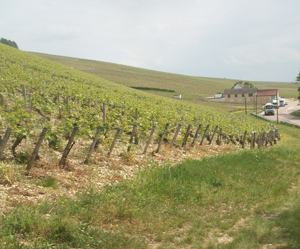
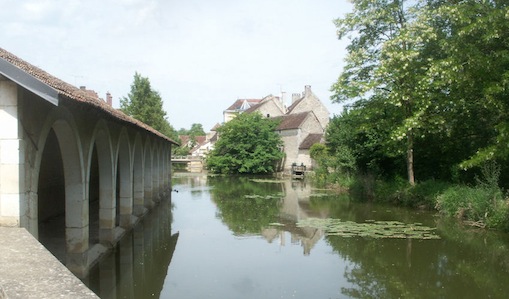
Chablis is one of the premium areas in the world for wines made from chardonnay. The village of Chablis is located in France, approximately 185 km south east of Paris and 110 km north of Dijon. The River Serein runs through the centre of the village.
Chablis is a cool district. The bone dry wines have high acidity and can be quite austere with green fruit and citrus notes. The limestone soils give a particular smoky, flinty, mineral character to the wines.
Chablis is one of the premium areas in the world for wines made from chardonnay. The village of Chablis is located in France, approximately 185 km south east of Paris and 110 km north of Dijon. Chablis is a cool district. The bone dry wines have high acidity and can be quite austere with green fruit and citrus notes. The limestone soils give a particular smoky, flinty, mineral character to the wines. Grapes have been grown in Chablis since the 12th century beginning with the Cistercian monks in the abbey of Pontigny.
The Chablis appellation was created in January, 1938. There are twenty villages surrounding the village of Chablis that are entitled to produce wines labelled ‘Chablis’. All wines from Chablis are made from Chardonnay.
The great majority of wines are not aged in oak barrels. However, a few winemakers use oak in a small number of their best appellations.
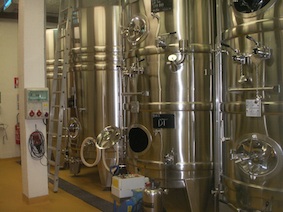
Stainless steel vats at William Fevre winery in Chablis
There are four levels of wine produced in Chablis. They are:
- Petit Chablis
- Chablis
- Chablis Premier Cru
- Chablis Grand Cru
Petit-Chablis
The Petit Chablis appellation was established in 1944. These vineyards surround those of Chablis and are usually on brown soils derived from hard limestone with patches of sand.
The wines of Petit Chablis are the lowest level of quality compared to the others. However, there freshness with notes of white fleshed fruits makes them attractive.
Petit-Chablis is ideally drunk young, usually within two to three years of making.
Chablis
Twenty villages surrounding the village of Chablis can produce this wine. The vineyards surround Premier Cru vineyards.
The vines are grown on the Jurassic limestone soils that include tiny fossilized oyster shells.
The vineyards are not usually specified and producers can blend wine from a number of different vineyards to produce Chablis.
Chablis Premier Cru
There are 40 Premier Cru vineyards that surround the village of Chablis. Each of these vineyards is named and that name may appear on the label.
The vineyards are on both sides of the River Serein and a small number adjoin the Grand Cru vineyards. Some of the well-known Premier Cru vineyards are:
- Mont de Milieu
- Vaillons
- Montée de Tonnerre
- Montmains
- Côte de Léchet
Chablis Grand Cru
The Grand Cru vineyards are located on a steep slope to the north-east of the town and the soil is dominated by the Kimmidgerin limestone soils. The Grand Cru appellation is divided into seven climats – “Blanchot”, “Bougros”, “Les Clos”, “Grenouilles”, “Preuses”, “Valmur” and “Vaudésir”.
Each of these climats has its own distinctive character with “Les Clos” being regarded by many as the best. Grand Cru wines will cellar well for many years.
These vineyards are in a continuous band bordered by the D91 Highway.
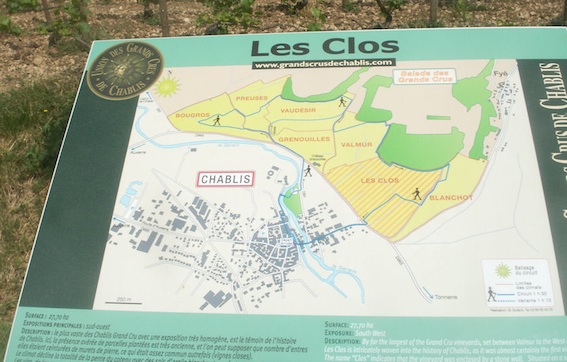
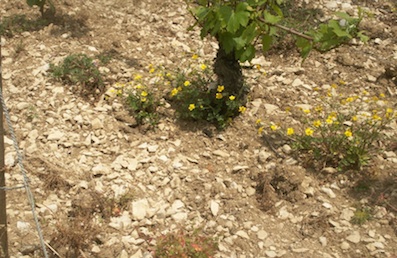
Soils
Chablis Soil
The Grand Cru vines are grown on Kimmeridgian Limestones that contain tiny fossilised oysters. These soils date from the Upper Jurassic period some 150 million years ago and they are important in defining the wine.